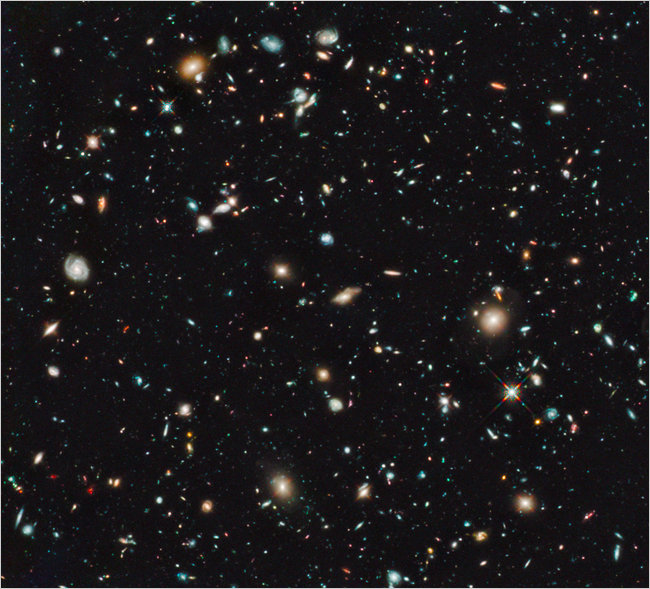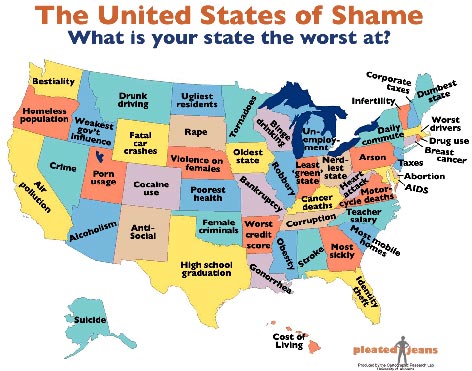Unsmudge the Future!™ By way of a friend, Corning partakes in some intriguing (if glass-heavy) futurism in A Day Made of Glass. It gets repetitive after awhile, but, still, worth a few minutes of your time. (Of course, this all presumes our civilization manages to continue past May 21st, 2011.)
All is Full of Glass.
Unsmudge the Future!™ By way of a friend, Corning partakes in some intriguing (if glass-heavy) futurism in A Day Made of Glass. It gets repetitive after awhile, but, still, worth a few minutes of your time. (Of course, this all presumes our civilization manages to continue past May 21st, 2011.)





